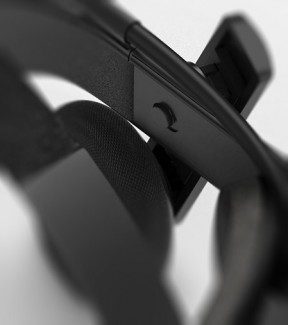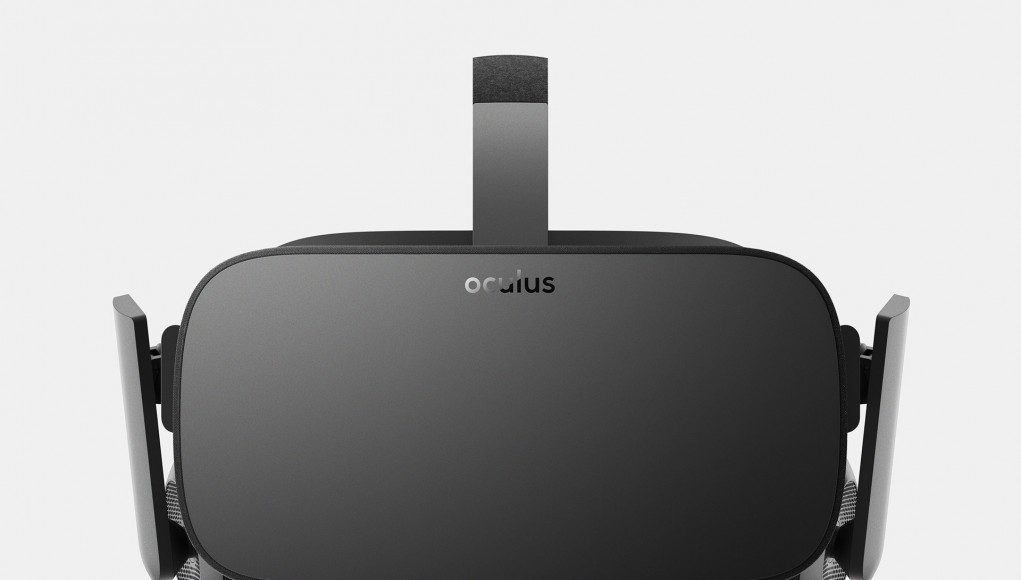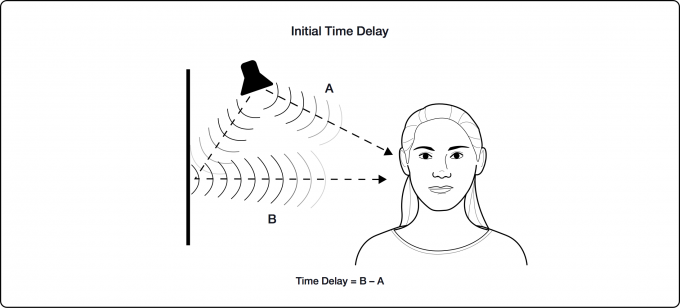Oculus’ Audio SDK is now officially out of beta, giving developers a range of audio spatialization plugins for Unity, Unreal Engine, and audio middleware along with a free library of over 500 high-quality sound effects designed by Oculus specifically for use in VR.
Developers looking to integrate 3D audio into their games and applications on PC and mobile now have a few more tools to add to the mix, with the new full release supporting spatialization and environment modeling for the upcoming Oculus Rift, Oculus DK2, and Samsung Gear VR.

Among support for Unreal Engine and now Unity 5 with their Oculus Native Spatializer, an add-on plugin for Unity that spatializes monophonic sound in 3D relative to the user’s head location, the new Audio SDK supports audio middleware like FMOD and Wwise, an AAX plugin for Avid’s Pro Tools, and a VST plugin for Windows and OS X. You can see a full overview and installation guide to each plugin in Oculus’ Introduction to Virtual Audio.
“Audiokinetic Wwise has helped us create benchmark VR audio experiences for our developers and the world,” explained Brian Hook, head of audio at Oculus. “By supporting them and other key audio middleware companies, the transition from traditional game audio to high-quality VR audio is as seamless as possible for many companies.”
Download Oculus Audio SDK Plugins
Devs looking for a helping hand can download the Oculus Audio Pack, that contains everything from nasty blood squishes to jangly keys unlocking doors—the sort of small touches that can turn an aseptic, sterile environment into something with a little life.
Oftentimes taking a backseat to the visual side of VR, audio actually plays a fundamental role in how we perceive a virtual environment—sometimes meaning the difference between achieving presence, i.e. being fully immersed in a VR space, and not. Simulated effects like obstruction (or occlusion) of sound in a 3D space lend itself to truly making a space convincing.
Just like virtual light sources, VR audio should be modeled to reflect off of surfaces, and should even perceptually delayed depending on what it’s made of, or how far away it is from a given sound source. There’s several factors that come into play that are best explained in Oculus’ Introduction to Virtual Audio, which not only contains basic information on how the brain perceives 3D audio—thanks to our wild and weird stereo-audio receptors (ears)—but also full documentation on using any given plugin.








